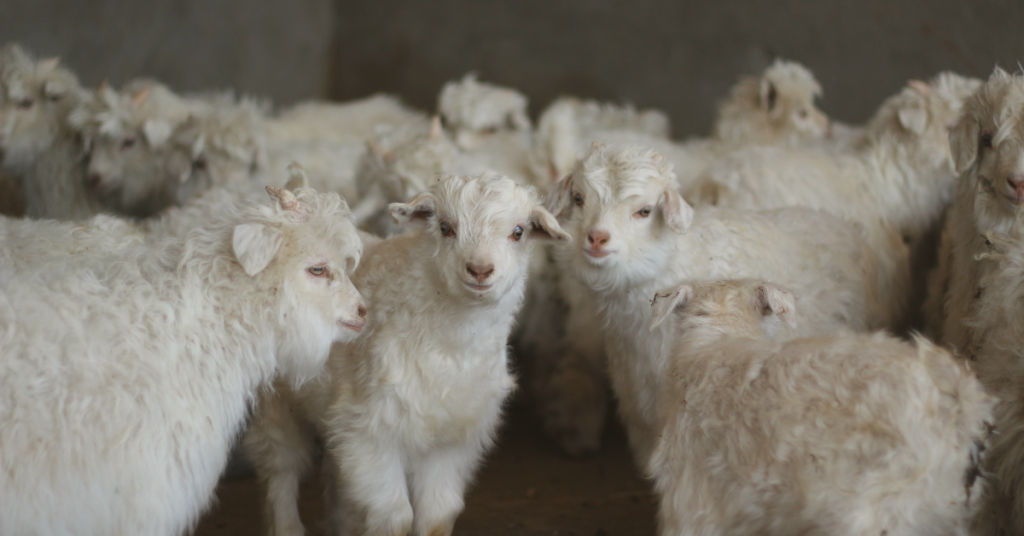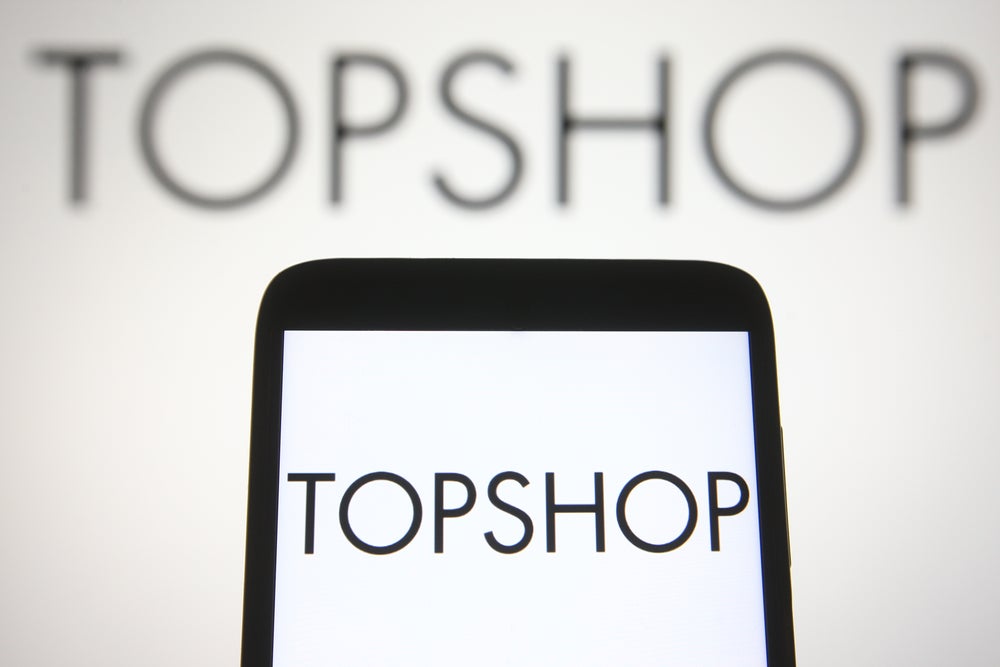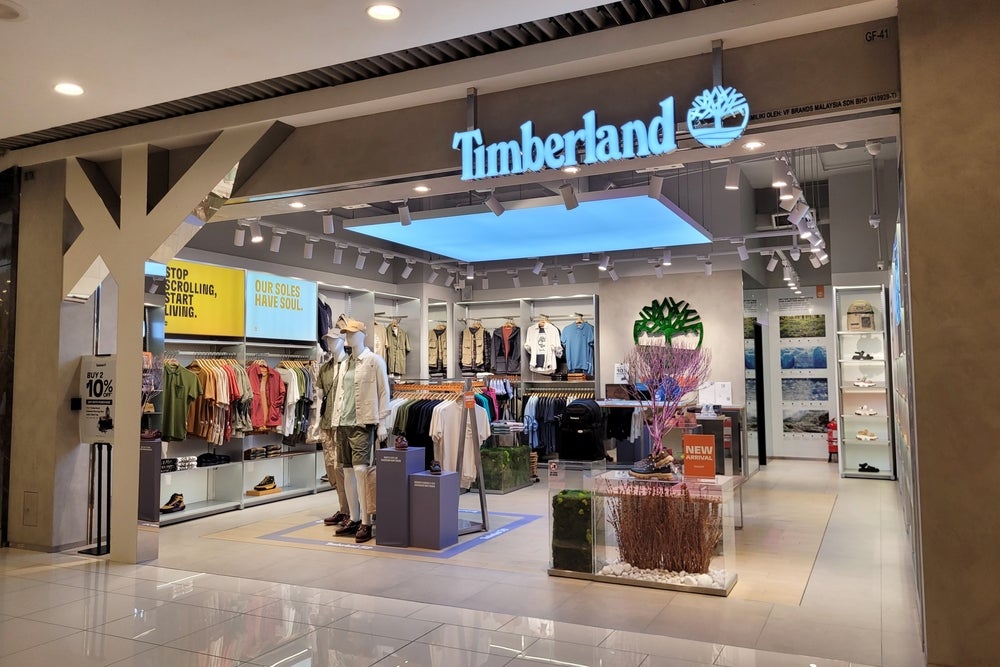Haelixa's physical traceability solution introduces a DNA marker for each farm selected by Artwell.
These markers are incorporated into the fibres before dehairing, allowing for comprehensive testing throughout the cashmere processing stages to confirm the presence of these marked fibres.
To ensure the integrity of its products, Artwell employed a QR-code-based lot management system supported by Haelixa, allowing each lot to be tracked with its own QR code throughout the vertically integrated system.
This combination of digital and physical traceability claims to guarantee the fibres remain unchanged and unaltered during various processing stages, such as dehairing, dyeing, spinning, or knitting. Consequently, it offers consumers greater visibility into product origins and raw materials.
According to both companies, all procedures are systematised and standardised to enhance the quality of cashmere garments while minimising contamination and waste.
Artwell is an early adopter of the Good Cashmere Standard and a visit to Inner Mongolia by Gediminas Mikutis, the CEO of Haelixa, inspired the pursuit of greater transparency along the journey of cashmere fibres.
Artwell noted its commitment to efficiency and transparency extends to its manufacturing processes, which it characterises by its streamlined and organised nature.
This collaboration also serves to address the issue of fraudulent or counterfeit cashmere products saturating the market.
The manufacturing company, reports that some suppliers blend cashmere with lower-quality fibres, deceiving consumers and tarnishing the reputation of genuine cashmere. By establishing a transparent supply chain Artwell aims to ensure the authenticity of its products by integrating a combination of digital and physical traceability measures.















